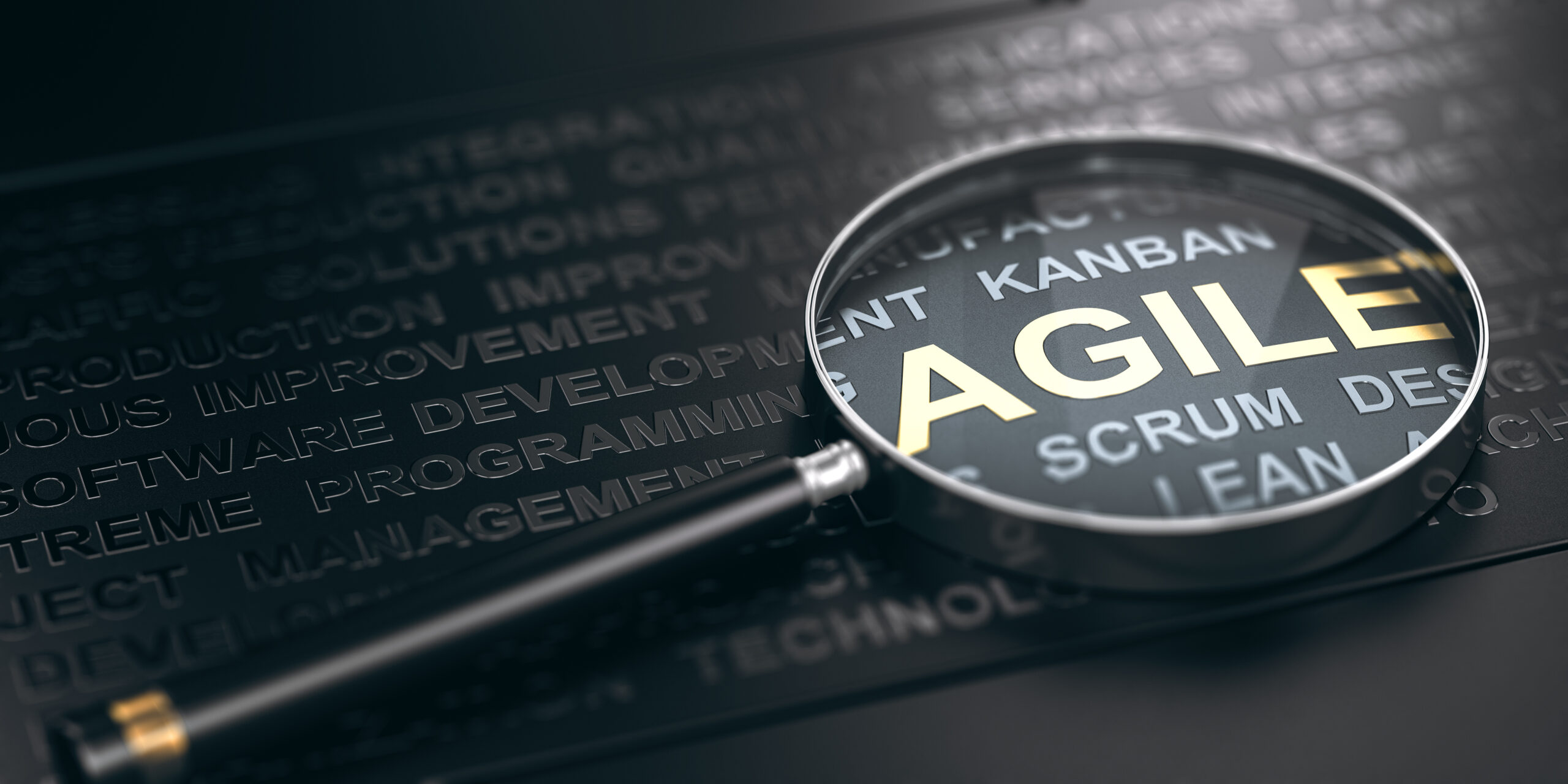IT Tips & Insights: Learn how to implement the Kanban method to increase productivity, improve efficiency, and deliver constant value.
By Luan Damasio, Scrum Master
Agile is not being fast, agile is not having a squad, agile is not using Scrum … So what does it mean to be agile? Being agile means delivering constant value to the customer regardless of the method, framework or tool they use. But how can you do that to help organizations? The answer is Systems Thinking — we need to connect people and highlight problems. In this article, I will show you how we can do that, introducing the Kanban method through STATIK.
What is STATIK?
Systems Thinking Approach to Introducing Kanban (STATIK) is an exploratory and collaborative approach to implementing the Kanban method.
What are the steps?
- Understand what makes the business fit for purpose
- Understand sources of dissatisfaction
- Analyze the source and nature of demand
- Analyze current delivery capability
- Model the service delivery workflow
- Identify and define classes of service
- Design the Kanban system
- Socialize design & negotiate implementation
Let’s Understand Each Step in More Detail
Step 1: Understand what makes the business fit for purpose
- Objective: The idea is to identify what the purpose of the product, service, initiative or project is.
- How to do it: You can use – Elevator pitch, fit for purpose or Start with Why (Simon Sinek).
Step 2: Understand sources of dissatisfaction
- Objective: Here is the moment of the systemic vision. What are the dissatisfactions? (Internal or external).
- How to do it: Ask the stakeholders and team what they are unhappy about, then group and prioritize group dissatisfactions. Pick up the most relevant dissatisfactions.
Step 3: Analyze the source and nature of demand
- Objective: Try answering the following questions:
- What demands exist in the process?
- Who requests?
- What is the frequency?
- What’s the volume?
Activities, Stories, bugs, projects, experiments, etc.
- How to do it: Write the activities that are in progress on sticky notes, look at the demands from the boards and identify the “things” that you worked on in the last week.
Step 4: Analyze current delivery capability
- Objective: How many demands do you deliver per period (month, week or sprint)? Do we have the amount of people needed to deliver the purpose?
- How to do it: The important thing here is to understand the numbers with the team. For example, extract a report or create a spreadsheet with the demands.
Step 5: Model the service delivery workflow
- Objective: Define the workflow to follow the demands with the team.
- How to do it: Design the workflow in Miro, Trello, Slice, Power Point, etc.
Step 6: Identify and define classes of service
- Objective: The main objective is to identify whether some type of demand should be treated with priority, or not. For example, when there is a bug on the board, should the team prioritize and follow a different flow?
- How to do it: See if there are demands related to a deadline — either urgent demands, or any type of demand with different prioritization.
Step 7: Design the Kanban system
- Objective: This moment is to model the Kanban system. That is, it focuses on the workflow done in the previous step.
- How to do it: Migrate the workflow to a management tool, for example, Jira, Trello, Azure DevOps, etc.
Step 8: Socialize design & negotiate implementation
- Objective: Share the flow made in the previous step with everyone. Collect feedback for continuous improvement.
- How to do it: Share the result of the work and maintain cadences to show the evolution of the flow.
Considerations
These steps should help you get started with the Kanban method. Important note: To get started, you don’t need to follow all the steps exactly, or in the order presented in this article. The above is merely a suggestion. Remember what we said at the beginning – being agile is delivering constant value, so always review your work model. Efficiency metrics can help with that.
Thanks for reading. Please let me know in the comments if this article helped you.
About

Hi! I’m Luan Damásio, I’m 31 years old and I live in Brazil, in the city of São Paulo. I have a lot of experience with Project Management and Agile. I have a degree in IT Management and a graduate degree in Software Engineering. I have some certifications that help in the understanding and application of solutions in organizations such as: Scrum, KMP, Flight Levels, Management 3.0, Metrics, etc. Right now, I’m learning more about leadership and management.
